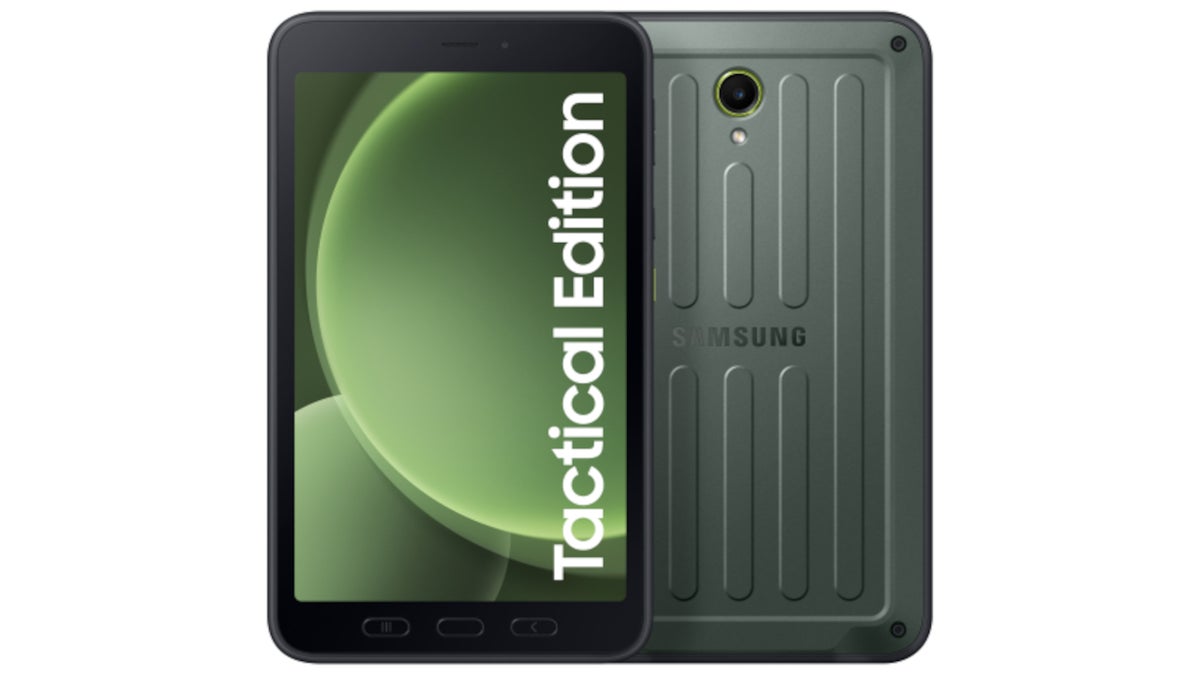Although CATL has been quite successful with its energy-dense Qilin and fast-charging Shenxing batteries for passenger electric vehicles (EVs), the Chinese battery giant is already pursuing a third brand as it eyes strong growth in the flourishing hybrid electric vehicle (HEV) segment.
The world’s largest battery manufacturer has captured 45.9% of China’s EV battery market as of September this year, but its share in the plug-in hybrid electric vehicle (PHEV) segment is lower at about 40.2%, closely followed by BYD at 30.9%, official figures have shown (in Chinese). Nearly six out of every 10 new energy vehicles (NEVs) sold this year by BYD were PHEVs, powered by the EV giant’s proprietary blade batteries.
Despite double-digit growth for PHEVs this year, which in China include extended range hybrids, or EREV, many customers have complained about overly short EV-only ranges and slow charging, an Aito M5 owner surnamed Li told TechNode.
Li normally charges his crossover, which provides up to 255 kilometers (159 miles) on its electric-only range, from 30% to 95% in 40 minutes using a direct current (DC) fast charger. Another popular and cheaper sports utility vehicle (SUV), the BYD Tang DM-i, charges from 25% to 80% in 30-plus minutes. It has an EV-only range of 115 km.
CATL’s Freevoy hybrid battery was developed to alleviate pain points for a growing number of PHEV and EREV owners. The company said it offers hybrid vehicles a range of up to 400 km, takes only 10 minutes to add up to 280 km of range, and can charge and discharge at normal rates at temperatures as low as -20 degrees Celsius (-4 degrees Fahrenheit).
Such superior low-temperature performance is mainly attributed to the dual deployment of sodium-ion and lithium-ion materials in an integrated AB battery system, making it possible to leverage the advantages of each material. The sodium-ion batteries are used as a monitoring scale to assist in calibrating the system to measure the state of charge (SOC) of lithium-ion batteries, reducing lapses in calibration and boosting driving range.
The move reflects CATL’s view of the future of the broader EV market – PHEV and EREV, which combine an internal combustion engine with an electric motor system, will not after all be a temporary solution as previously estimated, but a major option over an extended period of time. More than 30 upcoming models will be equipped with the Freevoy battery, Gao Huan, chief technology officer of CATL’s electric vehicle business in China, told reporters on Oct. 24.
Here are some highlights from the interview, which have been condensed and edited for clarity:
Can you share details of how the Freevoy battery will be deployed when it comes to key metrics such as energy density and lifespan?
Different vehicle models have varying requirements for battery energy density and CATL is capable of supplying corresponding products to meet the needs of our customers. For instance, it is necessary for A-class PHEVs and EREVs to integrate batteries at a cell-level energy density of 450-500 watt-hours per liter (Wh/L) for a one-charge range of 400 km. That number for MPVs (multi-purpose vehicles) will likely go up to around 650 Wh/L.
The energy consumption levels of different models also vary, leading to differences in battery capacities. For example, the energy consumption of B-class and C-class MPVs is often around 16-17 kilowatt-hour (kWh) per 100 km; thus, a 70 kWh or even higher battery pack is required to ensure a driving range of 400 km. It is important to note that the Freevoy battery showcases CATL’s advantages in energy density, charging speed, and cycle life. In addition, the life cycle of the products providing a range of 400 km is above 2500 cycles, as long service life is a standard feature of CATL batteries.
Although a growing number of automakers are making their new models with more modern 800-volt architecture, the normal voltage for most EVs on the market is around 400 volts or even lower. Would the Freevoy battery’s charging capability be limited by the charging architecture of vehicles?
The 4C charging capability of the Freevoy battery is definitely related to the vehicle’s power system architecture. For EVs with 400-volt systems to handle a 4C charge rate, the charging current needs to be double that of those with 800-volt systems, and the additional thermal energy generated throughout the process will be more than that. As a result, 400-volt EVs need more advanced thermal management capabilities.
This doesn’t mean that an EV equipped with a 400-volt charging architecture can’t handle a 4C charge rate. The idea is still feasible when the car is designed to have a shorter EV-only range, like 300 km or even 200 km. However, if a car is set to have both a high energy capacity and a long range, the trend now is toward 800-volt architecture.
What prompted CATL to develop sodium-ion batteries against the backdrop that battery-grade lithium carbonate prices have been going down?
Our decision to continue developing sodium-ion batteries is certainly based on their advantages. Sodium-ion batteries have a relatively lower energy density than lithium-ion ones, and it is difficult for a PHEV or EREV to have an electric-only range of 400 km with a sodium-ion battery pack at a favorable size and weight.
(Editors note: The Chinese spot lithium carbonate prices had been hovering around RMB 100,000 ($14,020) per ton until recently, after reaching their November 2022 peak. The prices fell to RMB 73,000 per ton on Oct. 28, compared with their year-high of RMB 116,000 in March, according to figures from the metal research institute Shanghai Metals Market.)
However, with CATL’s AB battery pack solution, which combimes sodium-ion battereis and lithium-ion batteries into one battery pack, both types of battereis can leverage their respective advantages to deliver superior performance under low-temperature conditions and maintain a high cycle life. Therefore, we will continue to invest in the research and development of sodium-ion batteries and other electrochemical battery systems.
Sodium-ion batteries perform well at low temperatures. However, will frequent charging and discharging in low-temperature conditions affect the lifespan of EV batteries?
We know that the internal resistance of batteries increases at low temperatures, which requires a reliable Battery Management System (BMS) and strong thermal management capabilities to ensure its great performance under low temperatures. CATL has developed technologies to achieve that. Battery charging technology in low-temperature environments is more critical because the battery’s SOC could be calibrated inaccurately in frigid conditions, which could result in issues with battery performance. Such issues could accelerate the degradation of the battery’s lifespan.
What is CATL’s view on the outlook on the Chinese new energy vehicle (NEV) market, and more specifically the PHEV and EREV segments?
Regardless of vehicle type, A-class cars priced between 100,000 and 200,000 yuan are the preferences of consumers. Based on data analysis and forecasts, entry-level A-class cars, with a price tag of roughly RMB 100,000, will soon be capable of traveling 200 km on a single charge. Meanwhile, a driving range of 300 km will likely become a mainstream feature for mid-range A-class cars. A top-end A-class car could achieve a range of 400 km, while Chinese consumers increasingly expect an EV-only range of 400 km or even higher from B-, C-, and D- class models priced above RMB 200,000 to meet their travel needs.
READ MORE: BEYOND EXPO 2024 | CATL CEO’s vision takes shape with AI, energy storage, and more











